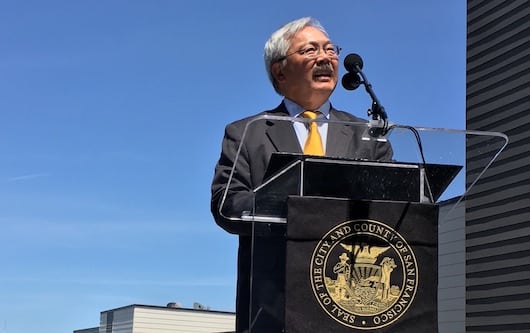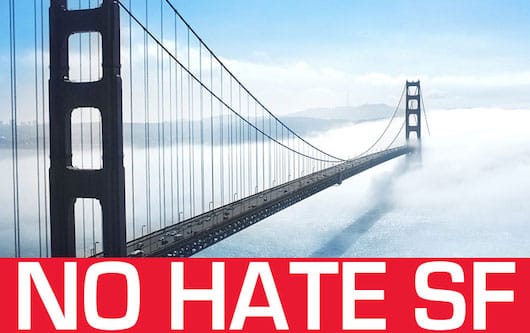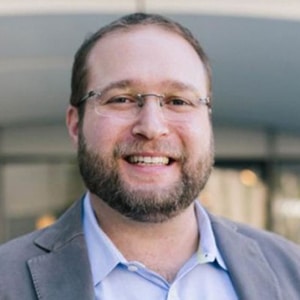In Memory of Mayor Ed Lee
Today, I am thinking about Mayor Ed Lee, a longtime colleague, who died early…
No Hate SF: Voices & Funds Raised Against Extremism
The United States is again confronting a surge of hateful extremism. Whether…
On the Passing of Board of Trustees President William S. Goldman
It is with great sorrow that the Walter & Elise Haas Fund mourns the loss…
Philanthropy in the Age of Trump: Not Business as Usual
Since the election, I’ve read a number of spot-on commentaries about what the…
Behind the Scenes: Philanthropy’s Role in San Francisco’s Successful Local Hire Policy
It is welcome news to hear of the resounding success of San Francisco’s five…
Open hGrant: The Little Plug-in for Philanthropy's Big Data
The Walter & Elise Haas Fund's overall mission is to foster a healthy,…
Nonprofits talking tax policy? Why might we do that?
I recently spent the day with colleagues and nonprofit leaders at the…
Grantees in the News: HOPE SF and the Walking School Bus
The Chron ran Lois Kazakoff's article about the Walking School Bus on November…







